The satanic mushroom, or Satan, is a rare species that mycologists classify as poisonous. The fungus is considered poorly understood, therefore, there are conflicting opinions about its edibility. The cunning of Satan lies in its unthinkable similarity with other edible representatives of the mushroom kingdom.
Content
View Features
The fungus belongs to the Boletov family, the genus Borovikov. Therefore, its description often coincides with the characteristics of other representatives of this genus.
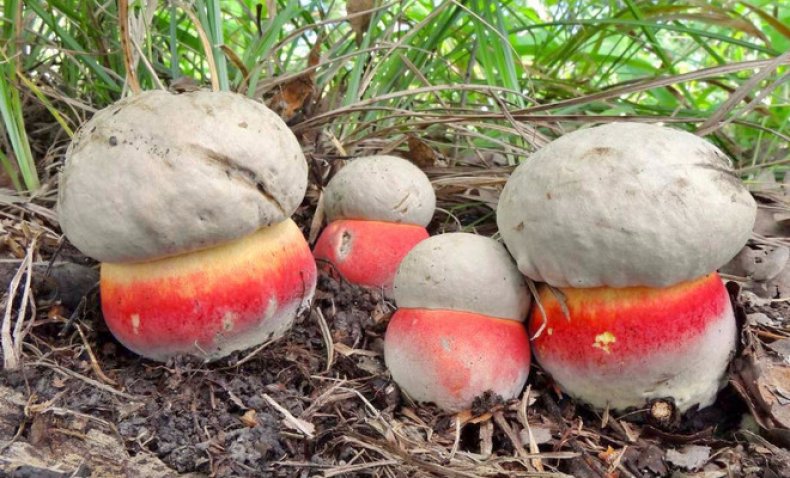
Nevertheless, Satan has a number of individual morphological differences.
Appearance and photo
In appearance, this mushroom is easily confused with boletus. You can evaluate the similarity by looking at the photo. The hat has the shape of a hemisphere or pillow-shaped configuration. Over time, it unfolds and takes an open form. The diameter of the hat varies from 8 cm to 25 cm.

Some sources claim that the hat can reach 30 cm. Its surface can be smooth or velvety, depending on the growing conditions. Most often it is dry, but in wet weather it can be slippery.
The color scheme of the hat color is diverse:
- gray white;
- gray
- dark gray;
- gray with olive tint;
- gray yellow;
- gray-green.
Less common are instances with pink and olive stains on a gray hat background. The leg grows up to 15 cm, its diameter is from 3 to 10 cm. Initially, it has the shape of an egg or ball, but eventually becomes tuber-like, similar to an uneven barrel or turnip. The leg is brown below, bright pink in the middle, and yellow-red above. A mesh pattern is visible across the entire surface.
The mushroom pulp is dense. Often it is painted white with a yellowish tint. Sometimes there are specimens with flesh of a lemon color.
Morphology
The most striking species difference of Satan is its chemical composition. Other members of the Borovikov clan remain white or turn blue on the cut, while the site of damage to Satan turns red. Another striking sign is the specific smell of pulp.
Young mushrooms have a mild spicy smell, and adults stink strongly with rotten onions. In addition, the surface of his hat is usually dry, which is not characteristic of most of his relatives.
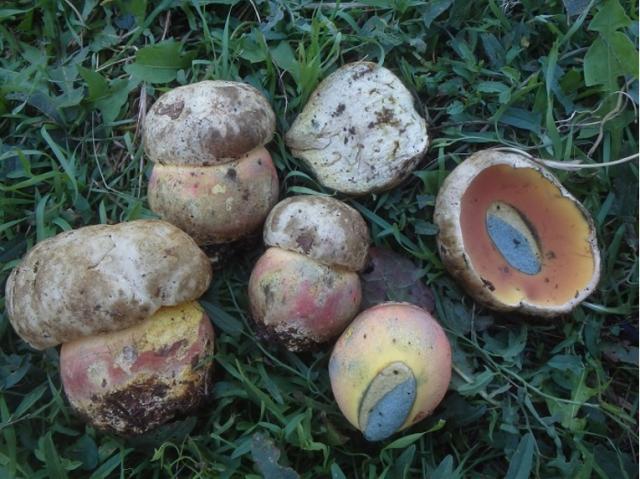
The satanic mushroom belongs to tubular mushrooms. His spores are placed in short tubes under the hat. At first they have a yellow tint, but as they grow older they change their color, becoming greenish, then brown, eventually acquiring a bright red tint. The spores are very small, have a round shape.
Distribution in the Crimea and other areas
Satan loves the sunny edges of coniferous and deciduous forests, as well as calcareous soil. Most often it is found under oaks, lindens, chestnuts. The first representatives appear in June, and the peak of their growth activity falls on July-August. At the end of September, the mushrooms disappear.
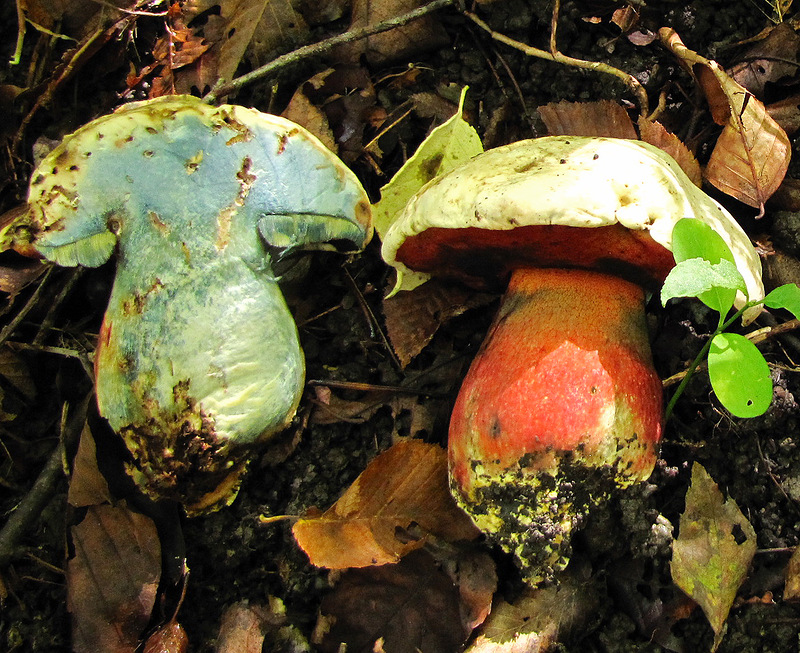
Satan is prevalent in the following places:
- Southern Europe;
- the south of the European part of Russia;
- Caucasus;
- Near East;
- Primorsky Krai.
Some mycologists add Crimea to the above places. Locals confirm the presence of mushrooms in the Crimean lands. However, according to official studies, they were not recorded in Crimea.This can be explained only by the rarity of the species and its small distribution. After all, the Crimean territory is the ideal soil for this species.
Eating
Satan is a conditionally edible mushroom. In its raw form, it is definitely toxic, since it contains muscarin venom.
Residents of some countries, such as the French, Czechs, eat Satan as food. Pre-soak them for 10-12 hours, and then stew the same amount. Mycologists argue that after such treatment, mushrooms can only cause upset stomach.
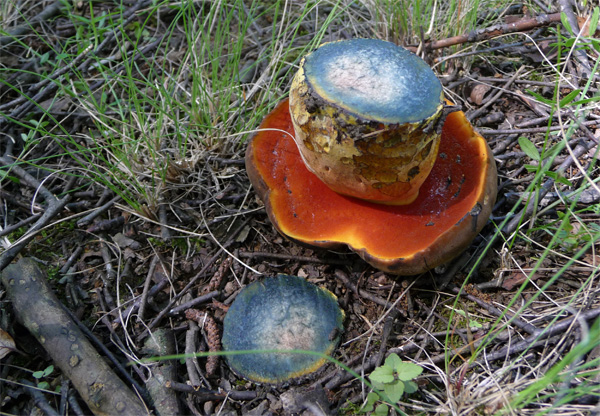
But is it worth the risk of trying them? Moreover, after such a long cooking, the taste is very doubtful. And the nasty putrid smell during cooking only intensifies, acquiring a nauseating character.
Differences from Edible Mushrooms
Satan is easily confused with edible. The surest way is checking by damaging the pulp. If it remains white or turns slightly blue, such a mushroom is considered edible. If the flesh becomes a reddish tint - this is a satanic mushroom.
False satanic
It can be distinguished from the usual satanic according to the following criteria:
- A small hat.
- Sharp or dull top on a hat.
- Color coffee with milk.
- "Felt" plaque on the surface of the cap.
- Peculiar sour smell.
False mushrooms should be collected carefully, as their flesh cannot be distinguished from the flesh of Satan.
White
Boletus edulis is easy to distinguish from satanic in 3 correct signs:
- It always takes the form of a regular barrel or cylinder.
- It is odorless.
- The surface is often wrinkled. In dry weather, it is dull, slightly cracked, and during the rainy season it is slightly sticky.
In addition, these representatives of mushrooms are more fleshy, their flesh is always white and slightly fibrous. They are much larger and taller than their satanic brothers.
White mushroom
Whitish boletus differs in smaller sizes. The only way to distinguish it from a poisonous brother is to make a cut. The damaged area of the boletus will certainly turn blue.
Despite the fact that the whitish boletus is not poisonous, it is also not considered edible. It is all about unusual bitterness, which cannot be eliminated even through lengthy cooking. Therefore, the flesh of this boletus is considered inedible.
Pink-skinned boletus
This is a very rare, therefore poorly understood species. The pink-skinned boletus is considered poisonous.
From Satan, he is distinguished by such features:
- adhesive external surface;
- mild odor;
- the color of the leg (bottom it is red, top is yellow).
Brown oak
The brown oak hat has an olive brown hue. Outwardly, this oak tree is very similar to Satan. Therefore, they are distinguished traditionally - by cutting or damaging the pulp. In a brown oak, the damaged area will acquire a bluish tint or remain white.
Brown oaks can be collected until November inclusive. They can be eaten, but it will take at least an hour to cook.
Poisoning and first aid
This species contains colloids toxins harmful to human health. The degree of toxicity of Satan directly depends on the conditions of its growth.
Mushroom poisoning is accompanied by the following symptoms:
- severe pain in the abdominal cavity;
- dizziness;
- nausea and vomiting;
- diarrhea.
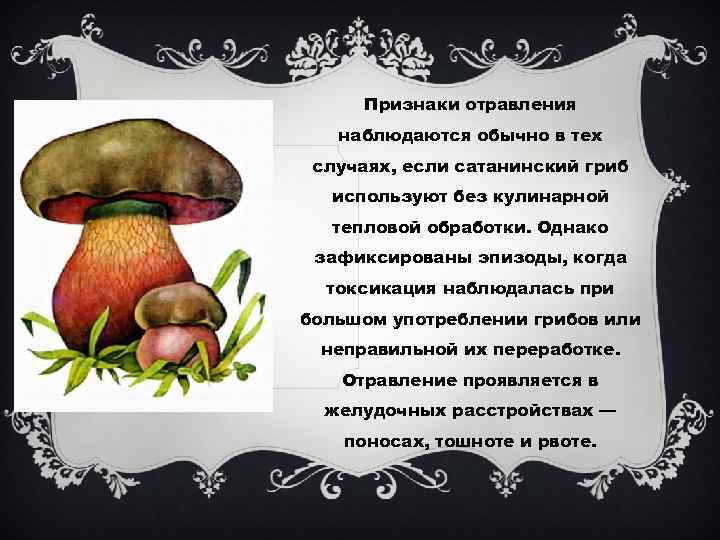
Some poisoned people still have the following symptoms:
- headache;
- cramps
- impaired coordination of movements;
- partial loss of consciousness;
- hallucinations;
- lowering blood pressure;
- Sopor.
Experts recommend urgently calling an ambulance at the first symptoms of poisoning. Prior to the arrival of doctors, it is advisable to empty the stomach on your own by inducing vomiting. Drinking warm soda water is also recommended.
Answers to common questions about the satanic mushroom
Representatives of this species have a large number of names. The most common of them are: Satanic Bolet, Satan, Satanic boletus, Devil's mushroom, Devil boletus, Forest devil.
Representatives of the species are not prone to the formation of large colonies. As a rule, they grow 1-2 copies.
The medicinal properties of the species have not been investigated, therefore, have not been proven. Today, Satan is not medicinal.
Satanic mushroom definitely poses a danger to humans. It can most often be found in the deciduous forests of our country. The insidious Satan skillfully disguises himself, so inexperienced mushroom pickers are quite at risk of planting a poisonous mushroom in their bast.

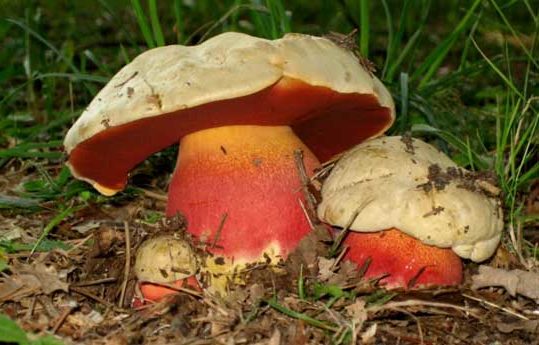
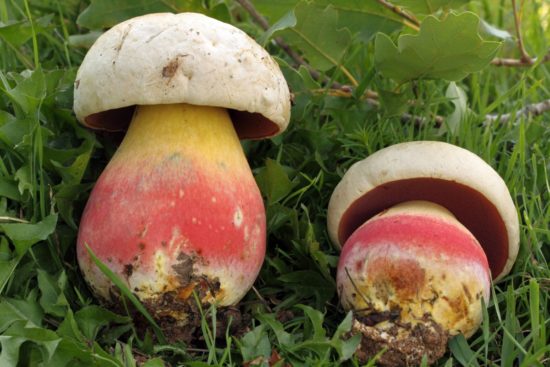
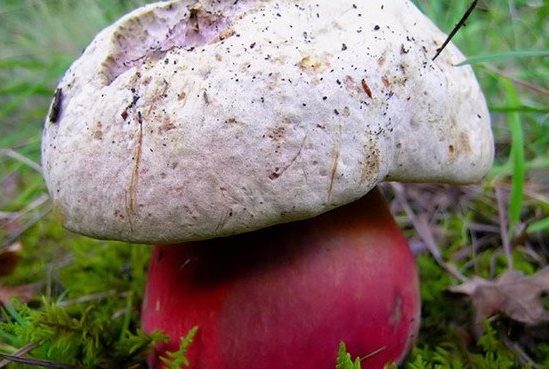



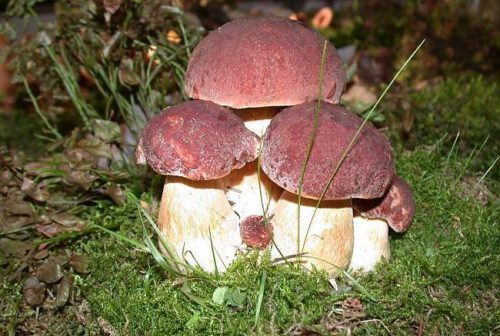
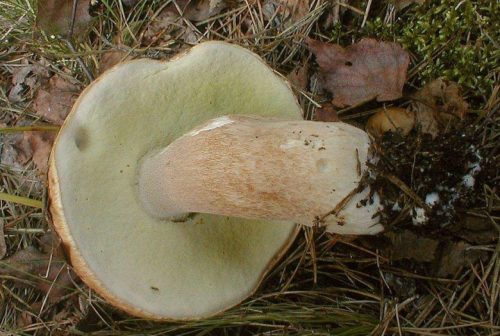
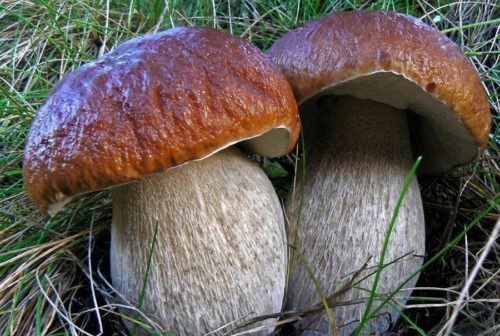
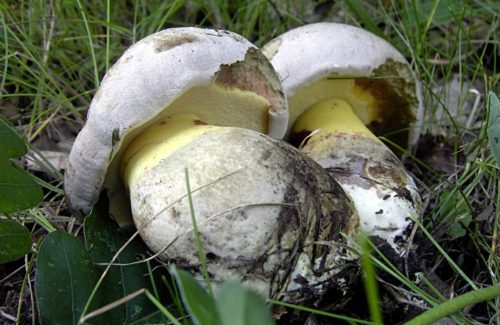
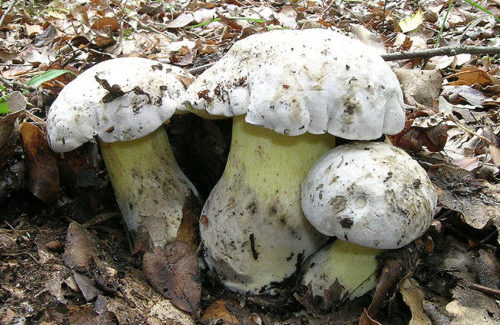
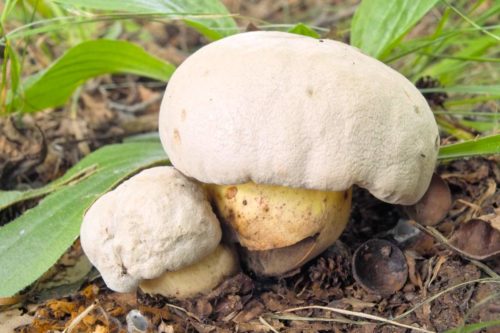
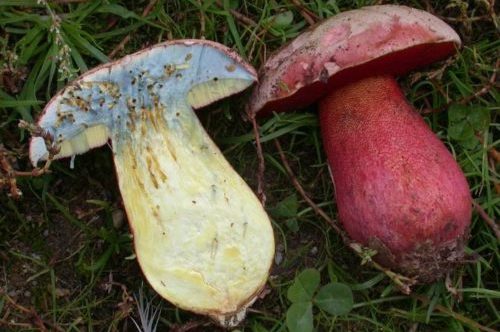
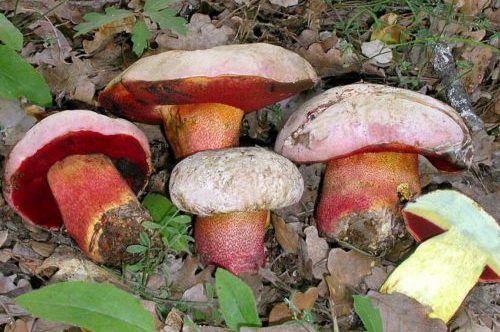
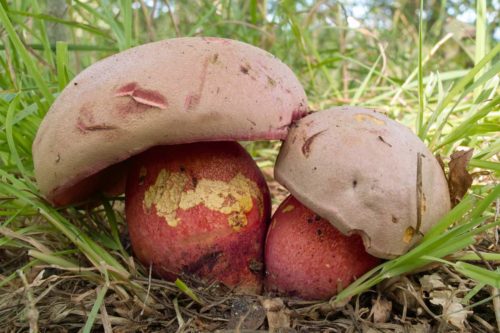
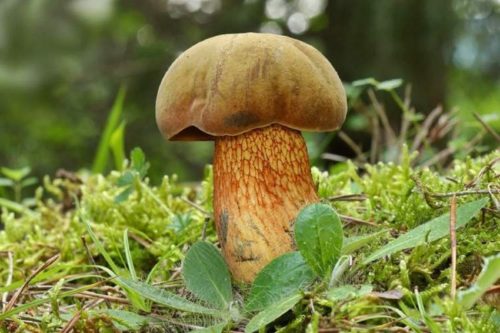
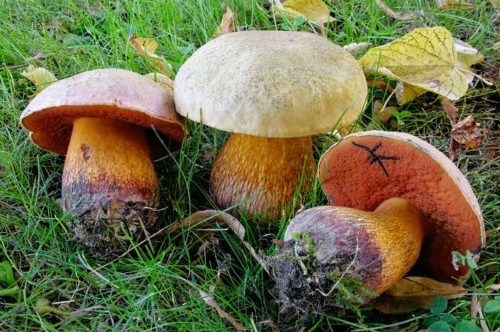
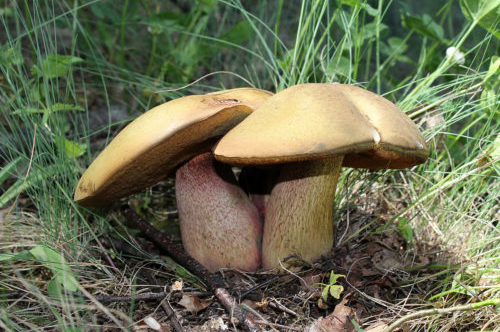
 Care and use of Kombucha at home (+22 photo)
Care and use of Kombucha at home (+22 photo) Edibility of the fungus of the motley umbrella and its description (+19 photo)
Edibility of the fungus of the motley umbrella and its description (+19 photo) Description of edible and inedible oils, their poisonous counterparts (+40 photos)
Description of edible and inedible oils, their poisonous counterparts (+40 photos) Useful properties of milk mushroom and its contraindications (+17 photos)
Useful properties of milk mushroom and its contraindications (+17 photos)
Tatyana
There was a case when, apparently, together with porcini mushrooms, I plucked some false one. Spoiled almost a bucket of mushrooms. Since then (I just share my experience, but I do not impose my opinion), if I doubt the belonging of the fungus from the family of ceps, I bite off a small piece, and if it is not bitter, I eat it. This is just a tip. This has never failed me yet. It is not possible to know everything, but we must learn. Sometimes I know for sure that this is a dupe, but still I try to taste it. And, it is not strange, several times came across peppery bitter.
photo of the oak
Igor
In Crimea, in a good season, there are a lot of these mushrooms and all the varieties depicted. Locals call them duvet, regardless of shape and color. Bitter are found one in a hundred, Satanic, which blushes at the cut, even less often.
Anna
The article says that Satanic is redder on the cut, but in the pictures mushrooms are laid out, which turn blue, and strongly. So what does he de facto do - blush or turn blue?